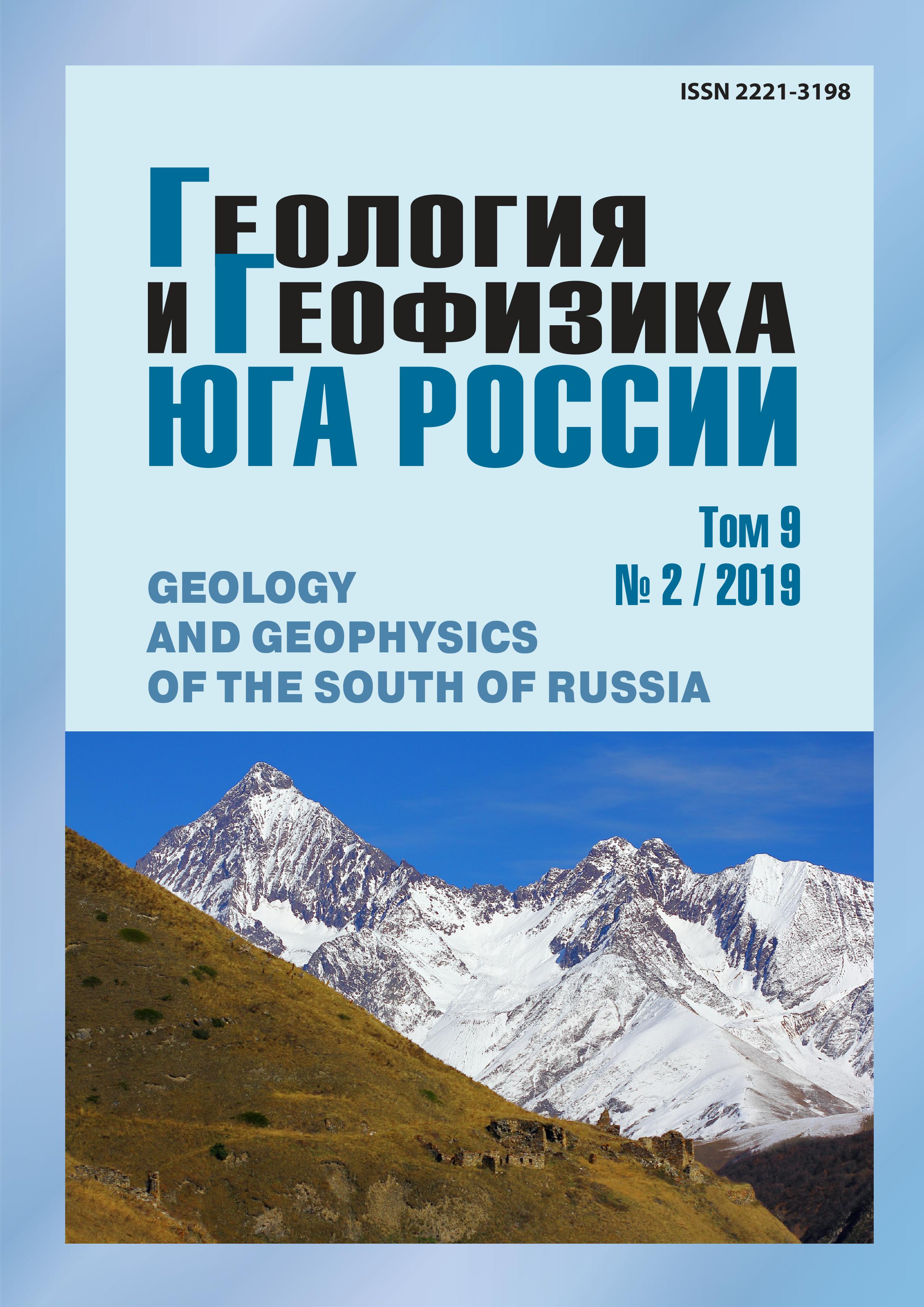Landslide risk in mountain areas
Keywords:
landslide, risk, risk management, risk assessment, risk reduction, monitoring
Abstract
Landslide is a major geological hazard, which poses serious threat to human population and various infrastructures. Landslides occur very often together with other natural disasters such as earthquakes, floods or snow melting and volcanoes that play role of triggering mechanism for landslides. Mountainous areas are vulnerable to landslides and have also been affected by earthquakes. Mountainous and coastal areas are the most affected regions. Landslides cause huge damage in the world and kill many people each year. Paper is devoted to landslides research on the base of risk analysis, assessment, management and reduction concept. Landslide Risk Management is seen as a series of events leading to landslides risk reduction and avoiding. It includes landslides monitoring, landslide forecast, engineering works, slopes strengthen, insurance and others. Paper also considered India, China and Russia case studies including Kolka disaster on 20 September 2002 and other related disasters. Kazbek volcanic center is characterized by the complex interrelationship of various hazardous geological processes. Disasters of 2002 and 2014 caused by ice-rock fall govern importance of investigation of the area. The network recorded a collapse of the mass of ice and rocks in the region of the Devdorak glacier on May 17, 2014 and the movement of the formed stone-ice avalanche. In India, the Himalayas are prone to landslides, particularly n monsoon season, from months of June to October. Various types of landslides occur in Himalayas, including block slumping, debris flow, debris slide, rock fall, rotational slip and slump. Generally landslides are triggered by heavy or prolonged rainfall. Landslides cause severe damage to lives and property while also causing disruption in communication networks and movement of traffic.
Published
2019-04-09
Section
Articles


